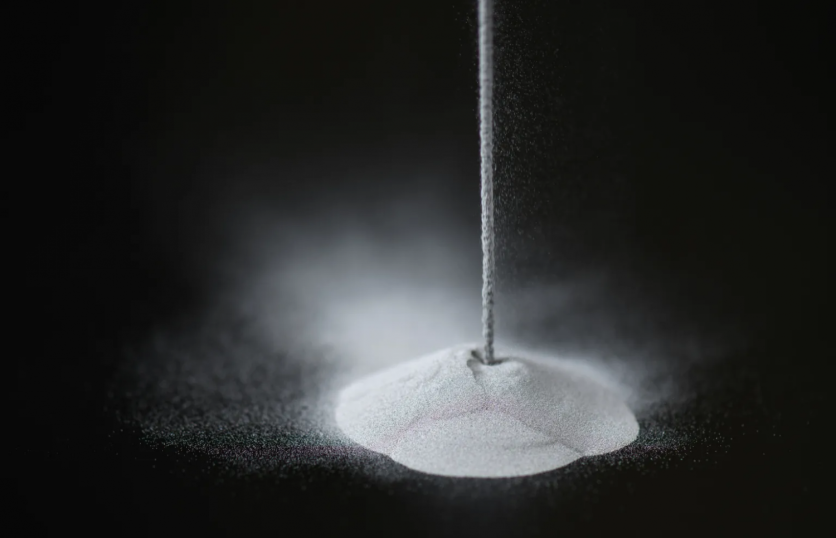NASA's recent investment in the 3D-printable superalloy GRX-810, under its Technology Transfer Program, aims to bolster the US economy by introducing advanced materials into commercial aerospace applications.
GRX-810 was designed for extreme temperatures and harsh conditions encountered in air and spaceflight and is expected to enhance the durability and resilience of airplane equipment and spacecraft parts. According to NASA, this high-temperature material can also withstand severe conditions in the air and in space.

GRX-810 Licensing to 4 American Companies
Four American companies, Carpenter Technology Corporation, Elementum 3D, Inc., Linde Advanced Material Technologies, Inc., and Powder Alloy Corporation, have licensed GRX-810.
These companies have been granted co-exclusive licenses to produce and market GRX-810 to airplane and rocket equipment manufacturers. NASA anticipates that introducing GRX-810 into the aerospace supply chain will yield positive commercial outcomes and benefit various sectors of the US economy.
By leveraging this advanced technology, companies are expected to produce stronger and more durable components, ultimately contributing to the advancement of the aerospace industry.
GRX-810's unique properties, such as its ability to endure high temperatures and stress, make it an ideal candidate for critical aerospace applications such as liquid rocket engine injectors, combustors, turbines, and hot-section components.
In contrast to traditional nickel-base alloys, NASA claims that GRX-810 offers superior performance characteristics, including increased durability and resistance to oxidation damage.
According to Dale Hopkins, deputy project manager of NASA's Transformational Tools and Technologies project, its adoption is projected to result in more sustainable aviation and space exploration efforts. Components made from GRX-810 are expected to have longer operational lifespans and improved fuel efficiency.
Read Also : NASA's James Webb Space Telescope Will Look for Signs of Life in New 7 Earth-sized Planets Around TRAPPIST-1
NASA Technology Transfer Program
The collaborative efforts of research and development teams from NASA's Glenn Research Center, Ames Research Center, Ohio State University, and Marshall Space Flight Center have been instrumental in developing and testing GRX-810.
NASA's Technology Transfer Program also plays a pivotal role in facilitating the transition of cutting-edge technologies from space exploration missions to commercial applications.
By licensing over 2,000 technologies to companies for further development, the space agency aims to support the growth of the American economy and promote technological advancement across various industries.
"Adoption of this alloy will lead to more sustainable aviation and space exploration," Hopkins said in an official statement. "This is because jet engine and rocket components made from GRX-810 will lower operating costs by lasting longer and improving overall fuel efficiency."
"NASA invests tax dollars into research that demonstrates direct benefit to the US and transfers its technologies to industry by licensing its patents," Amy Hiltabidel, licensing manager at NASA's Glenn Research Center in Cleveland, added.
Related Article : NASA's Hubble Space Telescope Captures 'Butterfly Nebula' In Stunning Motion | Fun Facts About This Beautiful Space Butterfly

ⓒ 2025 TECHTIMES.com All rights reserved. Do not reproduce without permission.

![Best iPads that Students Can Use in School [2025]](https://d.techtimes.com/en/full/461431/best-ipads-that-students-can-use-school-2025.jpg?w=184&h=103&f=516289300e12e9647ef3d5bd69f49b70)


